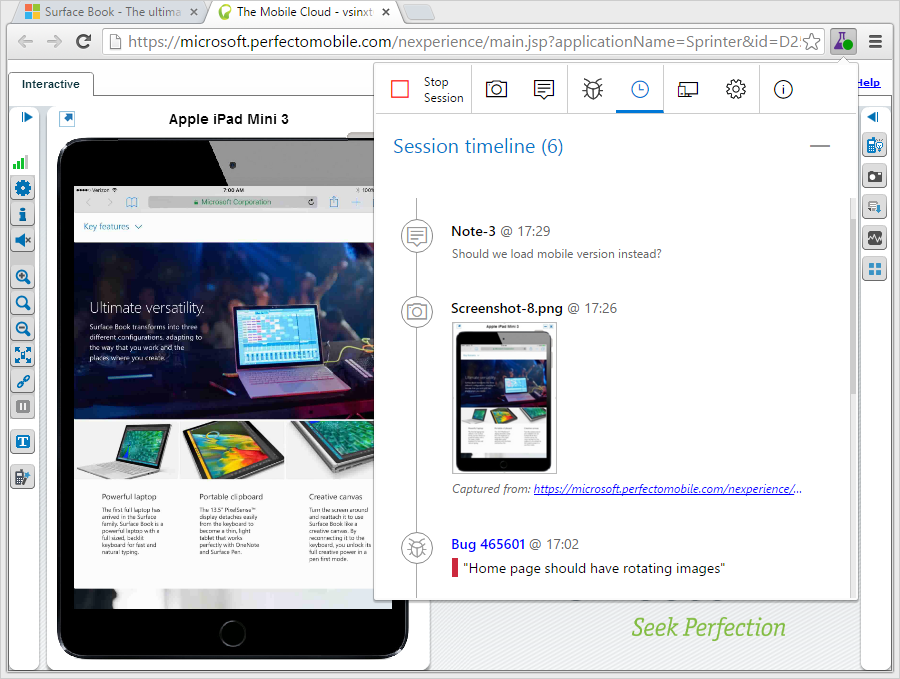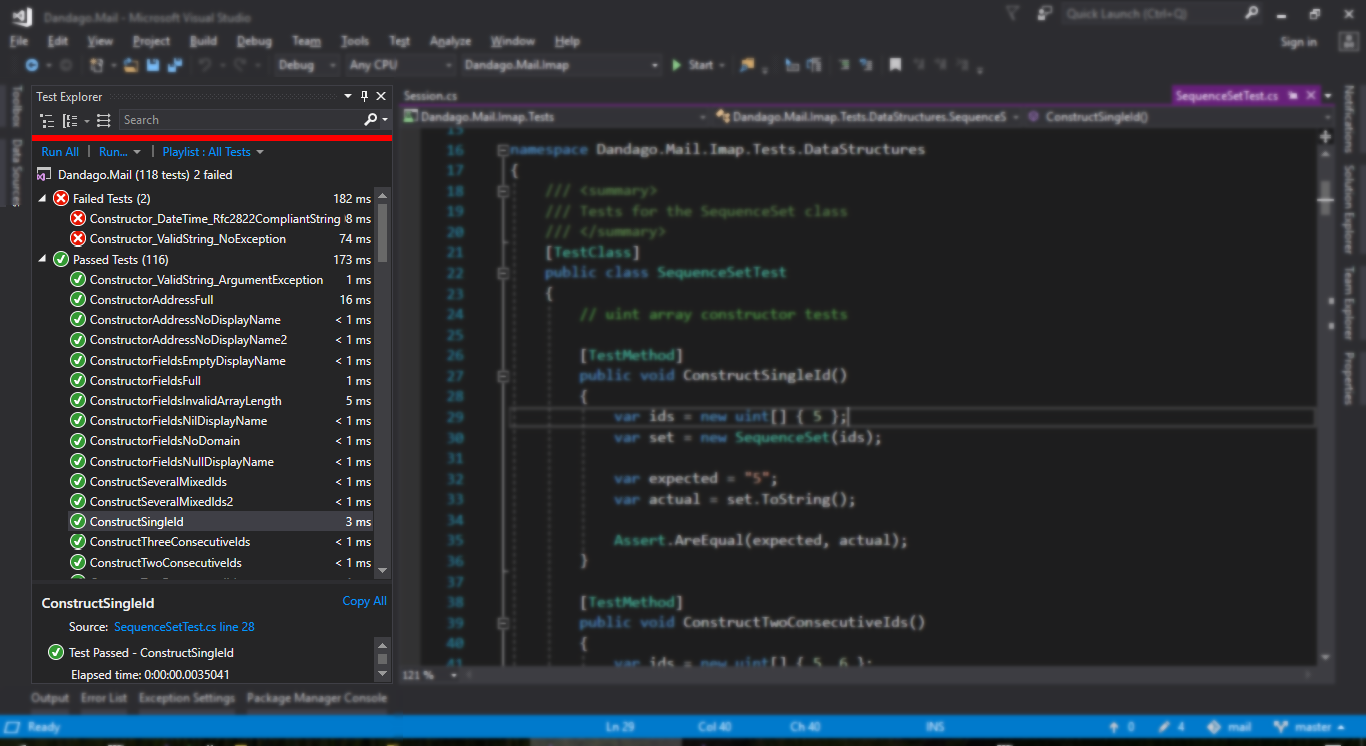

- #How to test a file in microsoft visual studio 2017 update
- #How to test a file in microsoft visual studio 2017 code
- #How to test a file in microsoft visual studio 2017 trial
- #How to test a file in microsoft visual studio 2017 plus
#How to test a file in microsoft visual studio 2017 code
AxoCover lets you run, debug and check code coverage for unit tests in. In a nutshell, it looks for methods defined as async and, if you haven't given the method a name with "Async" on the end, the extension flags all instances of the method and calls to it.ĪxoCover, by axodox (Péter Major), provides Visual Studio integration for code coverage and unit testing with OpenCover. Priyanshu Agrawal's Async Method Name Fixer is an effective little tool for doing a simple but often overlooked task: making sure your async methods are named appropriately. NDepend's Static Analysis Tools Have Been Updated for.
#How to test a file in microsoft visual studio 2017 trial
NDepend offers a free 14-day trial and per-developer or per-build machine licensing. Maybe check NDepend's analysis and spend a minute refactoring. Proud of that new method? Guess what, you just added 30 minutes of future technical debt. A key new feature for NDepend is real-time technical debt estimation that's updated as you code. NET Core 2.1, ubiquitous language checks in Domain Driven Design (DDD), performance improvements for Visual Studio 2017 and over a dozen new or improved code analysis rules.
#How to test a file in microsoft visual studio 2017 update
NET Framework development, recently released a substantial update including support for. NDepend (see Figure 1), one of the most popular commercial static code analysis tools for. A 30-day free trial is available and licensing is available on a monthly or yearly basis. XamRight can analyze your own model-view model binding, but also includes built-in support for popular MVVM frameworks including MVVMCross, MVVMLight, FreshMVVM, Prism and Caliburn.Micro. You get IntelliSense, warnings, view model and data binding analysis and debugging, navigation tools for moving between XAML and C# model definitions, custom view implementations and more, along with navigation from XAML resource references to definitions. XamRight, from Critical Hit Tech, is an extension for Visual Studio 20 that brings design-time code analysis and coding assistance to Xamarin.Forms XAML development. MultiLinter lets you turn verbose debugging on, configure which linters to use (including running multiple linters against a file at the same time), update linters and linting rules, set rule severity warnings, and much more. MultiLinter, by Giovanni Lambiase, enables you to replace the (already outdated) linters built into Visual Studio 2017 with the standard linters available through Node.js including (but not limited to) ESLint, JSLint, JSHint, Stylelint, CssLint and Sass-lint. The extension enables GCop rules such as Minimum Scope that detect whether methods that are more visible than they need to be (private versus internal versus public). To allow for rules that can't run from a package, Paymon (a co-founder of Geeks Ltd.) has released a GCop.Extra Visual Studio 2017 extension for use with GCop. GCop is intended to be installed in your project as a NuGet package. GCop is a fairly new set of C# code analysis rules (with really nice setup, use and rules documentation) from Geeks Ltd., which may be worth checking out if you're not entirely satisfied with other code analysis rulesets (or perhaps using alongside of those other rules for extended coverage). In this column I'll cover some linters, code analyzers and debuggers that have been released or updated since then.
#How to test a file in microsoft visual studio 2017 plus
These tools just keep getting better with each new release, but they don't cover every use case, and some don't get updated as frequently as we'd like to cover new language features or code architectures.īack in October 2017 I wrote a roundup of Code Analysis, Profiling and Refactoring Tools for Visual Studio 2017 for Visual Studio Magazine that covers some of the built-in tools plus a selection of current third-party tools. Visual Studio has always included debugging tools and added built-in code analysis and testing tools since at least Visual Studio 2012. These days there is very little reason for your code to include architectural or language-level errors. From build and compile we have debugging tools and more. The list goes on, and that's just the tools we use to make sure code is as bulletproof as possible before we run a build.

Today we have IntelliSense, linters, real-time code analysis, automated test builders, automated test runners, test coverage analysis. (Sometimes that's still what testing looks like, for better or worse.) Today, we can do a lot better. Back in the day, we'd write some code, compile, execute, see what happened and repeat.


 0 kommentar(er)
0 kommentar(er)
